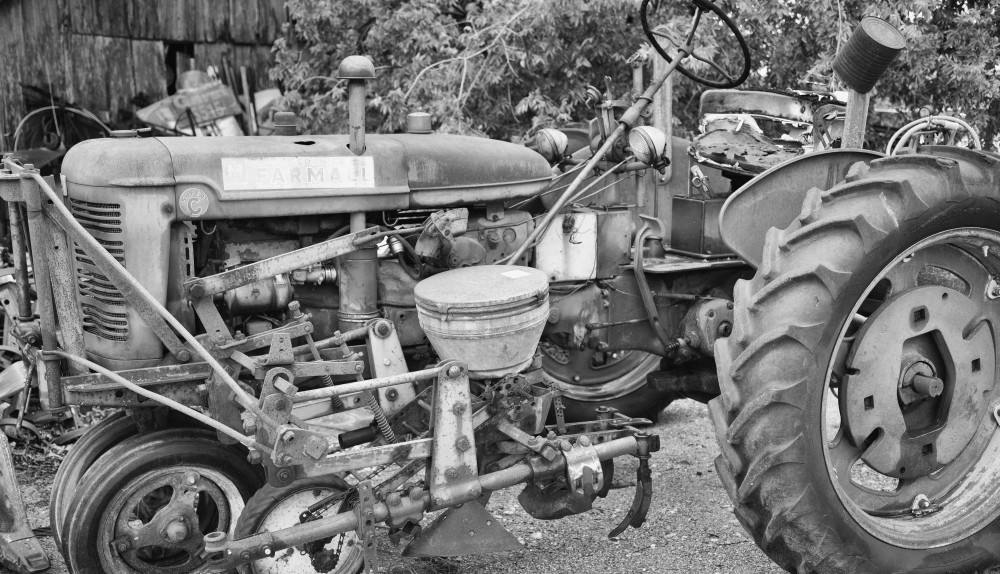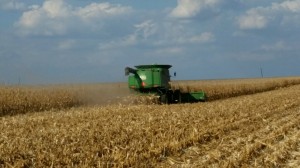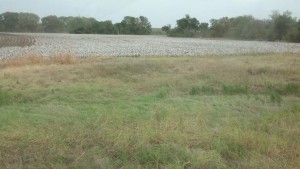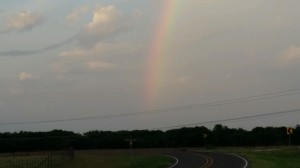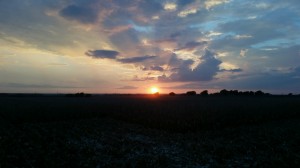In the history of Walt Disney Productions, the biggest stars are six cartoon characters known as the “Sensational Six.” All six are animals. All, but one, speak and dress like humans. One is the pet of another. Two are the significant others of two others. Two are mice, two are ducks and two are dogs. All, but one, are anthropomorphic, having human characteristics.
Can you guess the six Disney characters?
The stars are, in order of first appearance: Mickey Mouse, Minnie Mouse, Pluto, Goofy, Donald Duck and Daisy Duck.
Mickey Mouse was created by Walt Disney and Ub Iwerks, and he is the official mascot of The Walt Disney Company. On November 18, 1928, Mickey made his debut appearance in the short film “Steamboat Willie,” one of the first sound cartoons. Boy, could Mickey move his hips and whistle a tune in that talkie. The pilot mouse would have made Mark Twain proud. Mickey’s relatives and friends are too numerous to count and are referred to simply as the “Mickey Mouse Family.” It is a fan club I am proud to be a member of. Where are my ears?
Appearing with Mickey in that first 1928 film was a pretty little mouse with a bow in her hair. The credits list the cutie as Minerva Mouse, but Mickey nervously calls her Minnie. The adventurous hero had met the mouse of his dreams. Since 85 is just an eye-blink in the years of cartoon mice, the wedding plans have not been announced, but keep watching. You never know. Oh, a curiosity in Minnie’s farmer family is that all her relatives have the initials “MM”: Dad Marcus Mouse, Uncle Mortimer Mouse, Granddad Marshall Mouse, Grandmother Matilda Mouse and nieces Millie and Melody Mouse. Now, that’s a mouseful.
Every hero needs a pet. In 1930, Pluto the Pup premiered as a bloodhound in the Mickey Mouse cartoon “The Chain Gang.” Pluto is a true dog. He does not speak or wear clothes, and he loves bones. On the animated screen, Pluto expresses a playful and persistent personality though pictures rather than prose. We love to watch him on the screen and in the books, and we’ve never had any trouble understanding what Pluto is up to and what that hound is saying. Just ask my grandkids. They all speak Pluto.
Every hero needs to laugh, and Goofy is just the ticket. This tall dog with the puzzled expression and wide surprised eyes was first reeled out to us in 1932 in “Mickey’s Revue.” Goofy’s formal name may be Dippy Dawg, and he does love a good guffaw of a belly laugh, but do not be fooled. He may be eccentric, but Goofy has a mind of his own. On more than one occasion, Goofy’s clever and intuitive hillbilly observations have helped Mickey see the light and find the way to our hearts — in the midst of the garbed dog’s otherwise comic relief.
A true friend is hard to find and worth the wait. Most ducks don’t wear a sailor suit with a cap and bow tie or speak an almost unintelligible form of gargle-ese, but Donald Duck does and he does it well. Donald first appeared by himself in 1934 in “The Wise Little Hen,” but Mickey was in the audience, and he saw and found a friend at work. Together, they starred in “Orphan’s Benefit,” with Donald the comic sidekick. The race to the movies was on. In that race, Donald Duck has appeared in more films than any other Disney character, including Mickey, and is the most published comic book character in the world, superheroes excepted. In Norway, his fans are so numerous and dedicated they call themselves the “Donaldisme.” Norway and everywhere, Donald is never far from Mickey’s side, and he has proven himself on every occasion to be a trusted companion.
Donald has a brother who married and had three sons. These three energetic young boys are named Huey, Dewey and Louie, and, boy, are Donald’s nephews a handful. Well, one day at school, Huey, Dewey and Louie meet three cute little girls named April, May and June. Now, April, May and June have a very attractive aunt, who the young boys also meet and evaluate. The thoughtful young men see and formulate a plan. Before Uncle Donald knows it, a blind date has been arranged. In the 1940 short film “Mr. Duck Steps Out,” Donald arrives, rings the bell and shyly introduces himself to Daisy Duck. The three nephews have followed, and the boys soon compete with their uncle to dance the jitterbug with Ms. Daisy. Donald and his nephews are smitten, Daisy becomes Minnie’s best friend, and we are all waiting for the announcement of double nuptials. Will wonders never cease?
In the midst of today’s tensions, it is a happy joy to remember Disney’s Sensational Six.
Hooray for Mickey, Minnie, Pluto, Goofy, Donald and Daisy.
Let’s go to the movies – I’ll bring the popcorn.
You bring the smiles and laughs.
A laugh is only a smile away.
Grandpa Jim
